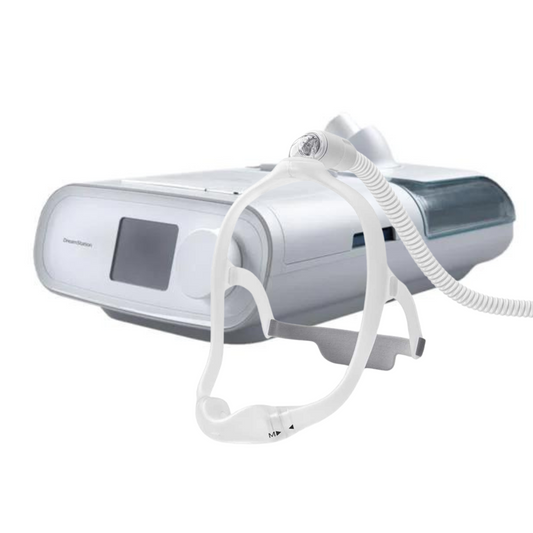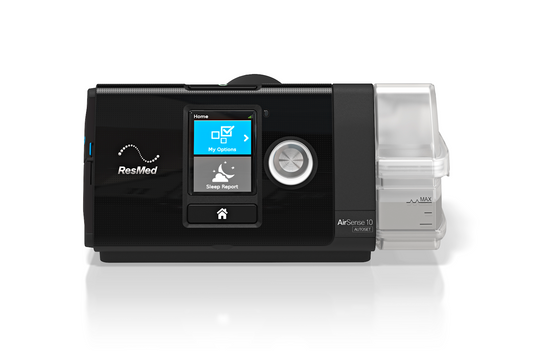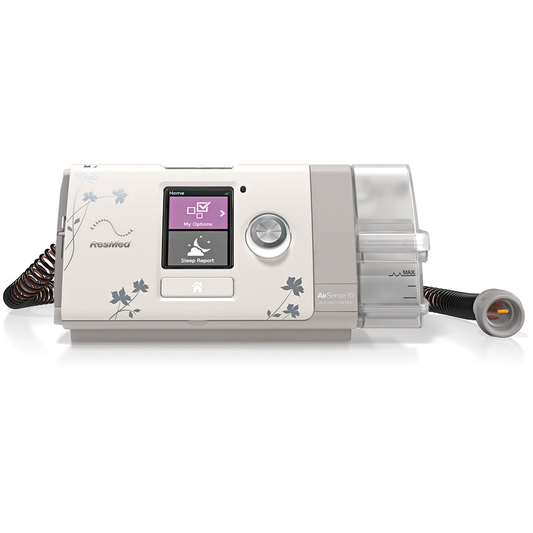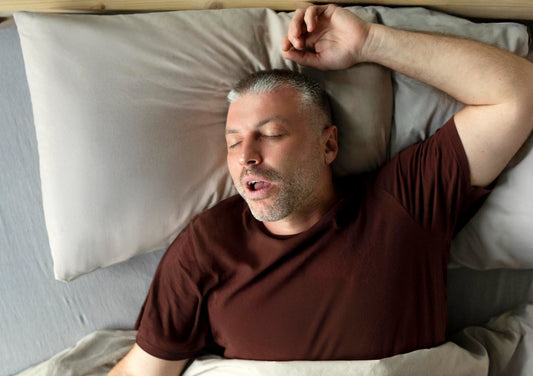CPAP Victoria has continuously presented alternative treatments for sleep apnoea. Based on surveys and anecdotal proof, some of these treatments proved to be effective for some patients, whereas there are those claimed the futility of some alternative treatments. Improvement of patient’s condition largely depends on the severity of his sleep apnoea.
Blog posts pertaining to tongue exercises to improve sleep breathing disorders, playing the didgeridoo, alternative lifestyle such as weight loss, dental appliances and so on, have been presented to readers to educate them about alternative treatments to sleep apnoea.
What about snoring devices? Can they help sufferers of mild sleep apnoea?
Irregular and loud snoring are often signs of obstructive sleep apnoea. It is therefore possible that devices designed to address snoring can greatly aid a person with OSA to breathe more efficiently during sleep.
The most efficient and effective device for treating snoring that is related to obstructive sleep apnoea is a CPAP machine. Period. However, for those who are sufferers of harmless snoring which may be related to mild sleep apnoea, snoring devices can help. These devices include nasal strips and mechanical dilators, oral/dental devices, and positional therapy devices.
Bongo Rx Sleep Therapy EPAP Device for Mild to Moderate OSA and Snoring
The Bongo RX is an Expiratory Positive Airway Pressure (EPAP) therapy device for mild to moderate Obstructive Sleep Apnea (OSA) and snoring. This reusable nasal EPAP device is indicated for use in patients with mild to moderate sleep apnea who prefer them to PAP devices, who do not respond to, are not appropriate candidates for, or who fail treatment attempts with CPAP.
The BongoRX device consists of a conjoined set of soft nasal EPAP valves inserted in the nares creating back pressure on exhalation, making it a potentially viable alternative to PAP therapy for patients with mild-to-moderate OSA. The portability and usability of the Bongo Rx are its key differentiating factors when compared to other EPAP devices. BongoRX Sleep Therapy device works by creating resistance on exhale of breath.
During inhalation, small valves open to allow you to inhale normally through the device. When nasal dilation is increased, the inhalation capacity is likewise increased. During exhalation, the valves restrict expiratory flow of exhaled air through specifically designed vent holes to generate EPAP (Expiratory Positive Airway Pressure), which significantly expands the airway. Nasal dilation coupled with EPAP has a significant impact on the functionality of the airway during sleep.
Please Note: This device will NOT work effectively if you have an AHI greater than 30 (more than 30 episodes an hour) which is referred to as Severe Obstructive Sleep Apnea.
Dental Devices or Oral Devices
Dental or oral devices have proved to be effective for some in controlling severe snoring related to sleep apnoea. There are plenty of oral devices and all of them may be classified into Mandibular Advancing Device (MAD) and Tongue Retaining Device (TRD).
MAD treats snoring by repositioning the mandible to an outward position while the patient is sleeping. The airway is opened up by the indirect pulling of the tongue forward through the negative pressure going on in the mouth. The lower jaws as well as the other structures in the mouth are stably positioned to prevent the mouth from opening while the patient is sleeping.
TRD hold the tongue in a forward position through a suction bulb. Thus the tongue is prevented from collapsing, and obstructing the patient’s airway during sleep.
These devices will only prove effective to those with mild to moderate OSA, or primary snoring. One should note that these devices are quite uncomfortable to use, and must be used each night.
Positional Therapy Devices
A patient must sleep on his stomach or on his side in sleep position therapy. The most popular “positioners” are anti-snore belts and positional pillows. As the patient sleeps on his side, a positional pillow is placed at his back to prevent him from lying supine. An anti-snore belt pretty does the same thing as it vibrates or emits a sound to wake up the patient if he reverts to a lying down position. These devices actually work for sufferers of upper airways obstruction. However, if one’s snoring is due to nasal obstruction, or due to severe sleep apnoea.
CPAP Therapy
CPAP therapy remains the standard in the treatment of moderate to severe obstructive sleep apnoea. Currently there is a wide range of CPAP machines, including BiPAP and APAP machines that are available to consumers. There is one to fit one’s needs in terms of fit and comfort.
Call us now at 1300 750 006 for more information.


































